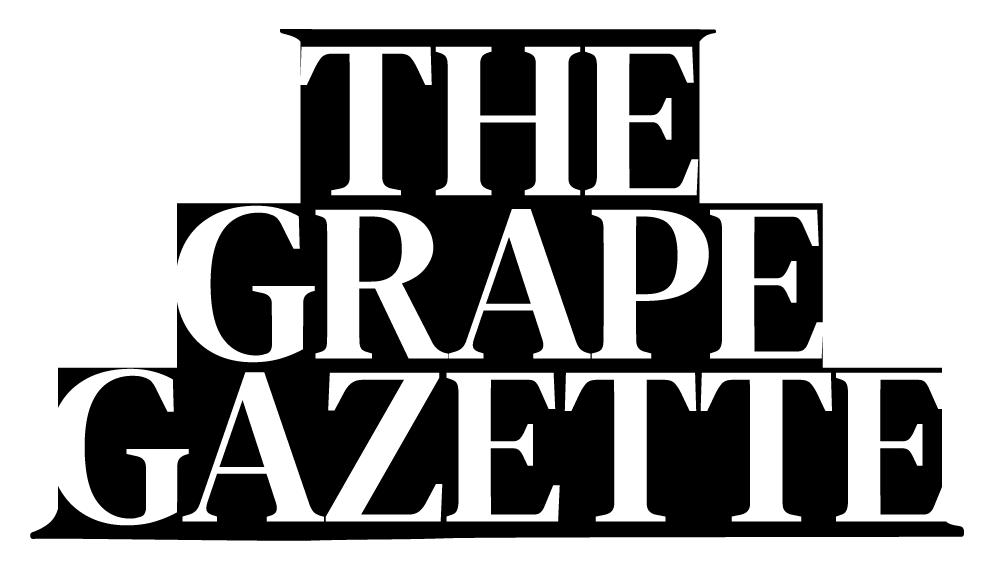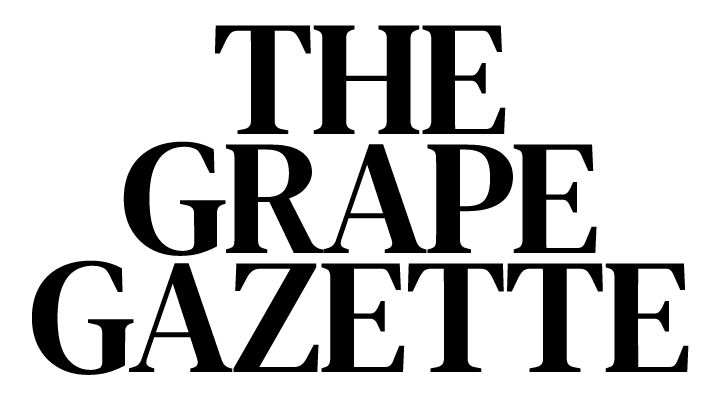Champagne, the epitome of celebration and luxury, needs no introduction. This iconic sparkling wine from the Champagne region of France has captivated wine lovers worldwide with its effervescence, elegance, and timeless appeal. Whether you're toasting a milestone moment or simply indulging in life's pleasures, Champagne sets the stage for unforgettable experiences and cherished memories. With its rich history, prestigious reputation, and unparalleled craftsmanship, Champagne continues to reign as the king of sparkling wines, symbolizing refinement, sophistication, and the finer things in life.
Origins
The story of Champagne dates back centuries to the rolling hills of northeastern France, where Benedictine monks first laid the groundwork for sparkling wine production in the early Middle Ages. Over time, the region's unique terroir and winemaking techniques gave rise to the distinctive style of Champagne we know today. By the 17th century, Champagne had gained popularity among the French nobility and European royalty, solidifying its status as a wine of prestige and luxury. In the 19th century, advances in production methods, such as the invention of the méthode champenoise, propelled Champagne to international acclaim, with legendary houses like Moët & Chandon, Veuve Clicquot, and Krug leading the way. Today, Champagne remains a symbol of excellence and savoir-faire, rooted in centuries of tradition and craftsmanship.
Characteristics
Champagne is renowned for its delicate bubbles, vibrant acidity, and complex flavor profile. It offers a spectrum of aromas and flavors, ranging from citrus fruits and white flowers to brioche and toasted nuts. The precise characteristics of Champagne can vary depending on factors such as grape variety, terroir, and winemaking techniques. Non-vintage Champagne tends to be fresh and youthful, with bright fruit flavors and a crisp finish, while vintage Champagne offers greater depth, complexity, and aging potential, with nuances that evolve over time. Blanc de Blancs Champagne, made exclusively from Chardonnay, exhibits finesse, purity, and minerality, while Blanc de Noirs Champagne, made from Pinot Noir and/or Pinot Meunier, showcases richness, intensity, and red fruit flavors. Rosé Champagne, crafted by incorporating a small amount of red wine into the blend, offers a delicate pink hue and a vibrant, fruit-forward profile, with notes of strawberries, raspberries, and cherries. Overall, Champagne is celebrated for its elegance, sophistication, and ability to elevate any celebration or special occasion.
Flavour Profile
Champagne offers a wide range of aromas and flavors, influenced by grape variety, terroir, and winemaking techniques. Common aromas include citrus fruits (lemon, lime), white flowers (acacia, hawthorn), brioche, and toasted nuts, along with mineral undertones of chalk and flint. On the palate, Champagne is typically crisp and refreshing, with vibrant acidity, fine bubbles, and a creamy mousse. Non-vintage Champagnes tend to be fresh and youthful, with bright fruit flavors and a crisp finish, while vintage Champagnes offer greater depth, complexity, and aging potential, with nuances that evolve over time. The best Champagnes exhibit balance, finesse, and length, with a refreshing acidity that makes them ideal for pairing with a wide range of foods. From seafood and shellfish to poultry and creamy cheeses, Champagne enhances the flavors of any dish and elevates the dining experience.
Growing Regions
Champagne is produced exclusively in the Champagne region of northeastern France, which is divided into five main viticultural areas: Montagne de Reims, Vallée de la Marne, Côte des Blancs, Côte de Sézanne, and Côte des Bar. Each subregion has its own unique terroir, microclimate, and grape varieties, contributing to the diversity and complexity of Champagne wines. The Montagne de Reims is known for its Pinot Noir grapes, which thrive on the region's chalky soils and south-facing slopes. The Vallée de la Marne is renowned for its Pinot Meunier grapes, which add fruitiness and roundness to the blend. The Côte des Blancs is famous for its Chardonnay grapes, which produce elegant and mineral-driven Champagnes. The Côte de Sézanne and Côte des Bar are emerging areas that offer exciting opportunities for Champagne production, with their own unique terroirs and grape varieties. Overall, the Champagne region's diverse landscape and winemaking traditions contribute to the quality and distinctiveness of its wines.
Food Pairing
Champagne's versatility makes it an excellent companion for a wide range of dishes, from appetizers and seafood to poultry and desserts. Its vibrant acidity and effervescence make it an ideal apéritif, stimulating the palate and preparing it for a meal. Champagne's crisp, clean finish and delicate fruit flavors complement fresh seafood dishes such as oysters, shrimp cocktail, and sushi, enhancing their flavors and refreshing the palate. With its lively acidity, Champagne also pairs well with creamy cheeses such as brie, camembert, and goat cheese, providing a refreshing contrast to the richness of the cheese. Sweeter styles of Champagne are perfect for pairing with desserts, including fruit tarts, lemon meringue pie, and pavlova, offering a delightful combination of sweetness and acidity. Overall, Champagne's elegance, complexity, and food-friendly nature make it a versatile and enjoyable wine for any occasion.
Ageing Potential
Champagne has excellent aging potential, thanks to its high acidity, low pH, and secondary fermentation in the bottle. Non-vintage Champagnes are typically aged for a minimum of 15 months on the lees, while vintage Champagnes are aged for a minimum of three years, with some prestige cuvées aged even longer. During aging, Champagne undergoes autolysis, a process where the spent yeast cells release compounds that contribute to the wine's complex aromas and flavors. With proper cellaring, Champagne can continue to develop and improve in bottle for many years, evolving in character and complexity. Older Champagnes often exhibit notes of toasted nuts, dried fruits, and honey, with a creamy texture and a long, lingering finish. While most Champagnes are best enjoyed within a few years of release, the finest examples can age gracefully for decades, offering a glimpse into the wine's evolution and the passage of time.

